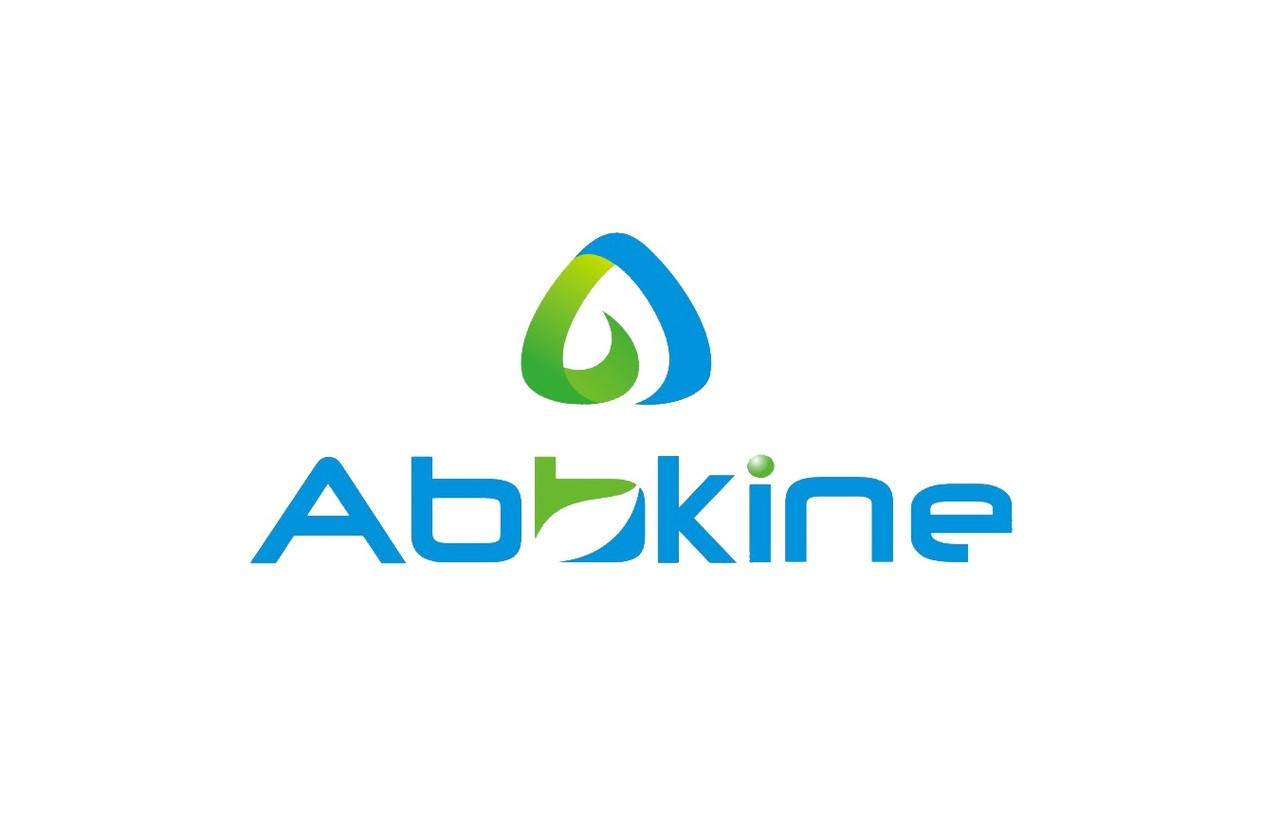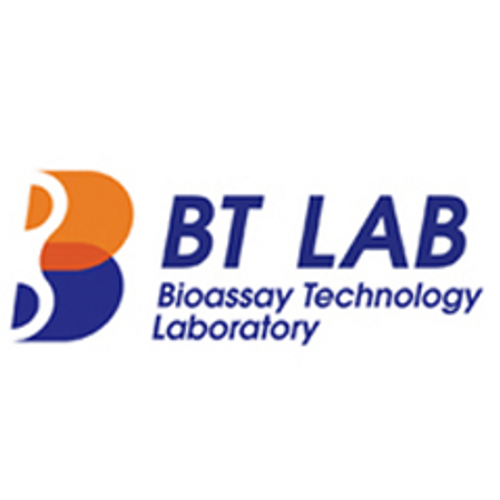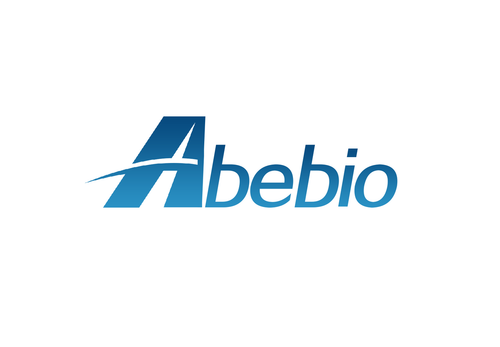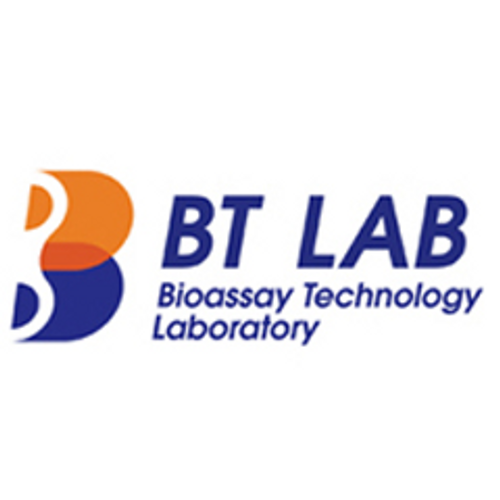Product Description
Human Tumor necrosis factor-related apoptosis-inducing ligand receptor 4 (TRAIL-R4) ELISA Kit | KTE62681 | Abbkine
Application: This Human Tumor necrosis factor-related apoptosis-inducing ligand receptor 4 (TRAIL-R4) ELISA Kit employs a two-site sandwich ELISA to quantitate TNFRSF10D in samples. An antibody specific for TNFRSF10D has been pre-coated onto a microplate. Standards and samples are pipetted into the wells and anyTNFRSF10D present is bound by the immobilized antibody. After removing any unbound substances, a biotin-conjugated antibody specific for TNFRSF10D is added to the wells. After washing, Streptavidin conjugated Horseradish Peroxidase (HRP) is added to the wells. Following a wash to remove any unbound avidin-enzyme reagent, a substrate solution is added to the wells and color develops in proportion to the amount of TNFRSF10D bound in the initial step. The color development is stopped and the intensity of the color is measured.
Detection Method: Colorimetric
Conjugate: N/A
Sample Type: Cell culture supernatants#Serum#Plasma#Other biological fluids
Assay Type: Multiple steps standard sandwich ELISA assay with a working time of 3-5 hours. It depends on the experience of the operation person.
Kit Component: • Human Tumor necrosis factor-related apoptosis-inducing ligand receptor 4 microplate
• Human Tumor necrosis factor-related apoptosis-inducing ligand receptor 4 standard
• Human Tumor necrosis factor-related apoptosis-inducing ligand receptor 4 detect antibody
• Streptavidin-HRP
• Standard diluent
• Assay buffer
• HRP substrate
• Stop solution
• Wash buffer
• Plate covers
Features & Benefits: Human Tumor necrosis factor-related apoptosis-inducing ligand receptor 4 (TRAIL-R4) ELISA Kit has high sensitivity and excellent specificity for detection of Human TNFRSF10D. No significant cross-reactivity or interference between Human TNFRSF10D and analogues was observed.
Calibration Range: Please inquire
Limit Of Detection: Please inquire
Usage Note: • Do not mix components from different kit lots or use reagents beyond the kit expiration date.
• Allow all reagents to warm to room temperature for at least 30 minutes before opening.
• Pre-rinse the pipet tip with reagent, use fresh pipet tips for each sample, standard and reagent to avoid contamination.
• Unused wells must be kept desiccated at 4 °C in the sealed bag provided.
• Mix Thoroughly is very important for the result. It is recommended using low frequency oscillator or slight hand shaking every 10 minutes.
• It is recommended that all samples and standards be assayed in duplicate or triplicate.
Storage Instruction: The unopened kit should be stored at 2 - 8°C. After opening, please store refer to protocols.
Shipping: Gel pack with blue ice.
Precaution The product listed herein is for research use only and is not intended for use in human or clinical diagnosis. Suggested applications of our products are not recommendations to use our products in violation of any patent or as a license. We cannot be responsible for patent infringements or other violations that may occur with the use of this product.
Background: In the field of cell biology, TNF-related apoptosis-inducing ligand (TRAIL), is a protein functioning as a ligand that induces the process of cell death called apoptosis. TRAIL is a cytokine that is produced and secreted by most normal tissue cells. It causes apoptosis primarily in tumor cells, [5] by binding to certain death receptors. TRAIL and its receptors have been used as the targets of several anti-cancer therapeutics since the mid-1990s, such as Mapatumumab. However, as of 2013, these have not shown significant survival benefit. TRAIL has also been designated CD253 (cluster of differentiation 253) and TNFSF10 (tumor necrosis factor (ligand) superfamily, member 10) .
Alternative Names: TNFRSF10D; CD264; DCR2; TRAILR4; TRUNDD; TNF receptor-related receptor for TRAIL; TRAIL receptor 4; TRAIL receptor with a truncated death domain; decoy receptor 2; decoy with truncated death domain; tumor necrosis
Search name: TNFRSF10D; CD264; DCR2; TRAILR4; TRUNDD; TNF receptor-related receptor for TRAIL; TRAIL receptor 4; TRAIL receptor with a truncated death domain; decoy receptor 2; decoy with truncated death domain; tumor necrosis
Tag: TNFRSF10D
 Euro
Euro
 USD
USD
 British Pound
British Pound
 NULL
NULL












